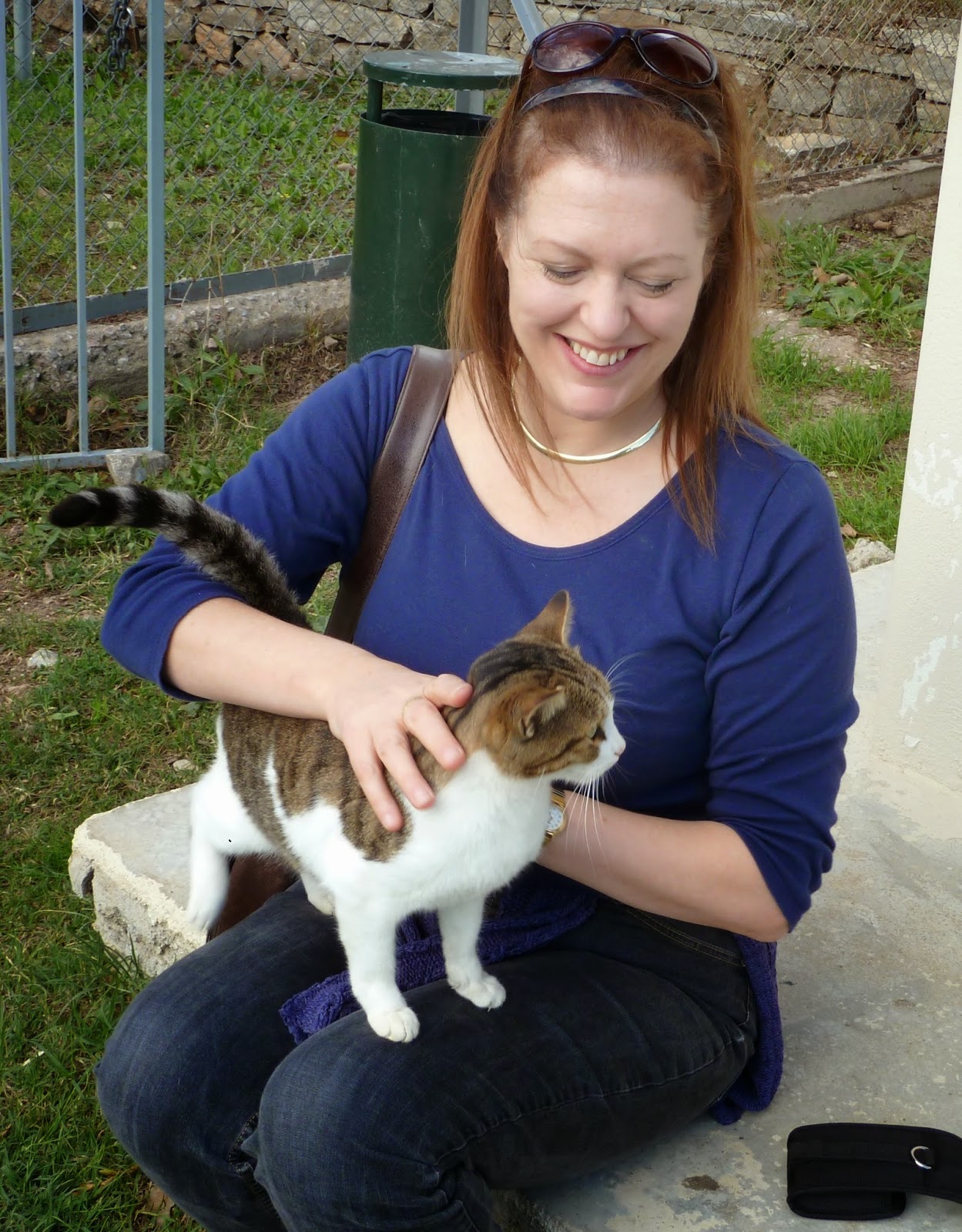The saturnine new Greek Finance Minister, Yanis Varoufakis, has a face like a
gangster and the worked-out body of a fitness fanatic. His rhetoric is
scathing, cogent, and graphic. He quotes Dylan Thomas and Aeschylus. He calls the
austerity measures imposed on Greece ‘fiscal waterboarding.’
Varoufakis
wrote the dazzling 2011 polemic The
Global Minotaur. It equates the beast in the lair of world capitalism, the
American banking system, with the insatiable man/bull of Minoan Crete to whom
human tributes—the sons and daughters of Athenians—were given to devour every
year. The Minotaur myth may originally have arisen as an expression of the imperial
subjection of Mycenaean Greek communities to the Bronze Age Cretan monarchy.
But the new, global Minotaur of economic imperialism was born in the 1970s,
when vast sums of capital began to be sent to Wall Street from all over the
world, creating unsustainable contradictions which precipitated the 2008 crash.
This Minotaur is dying, says our latterday Theseus, himself born in Athens: the imminent combat between him and the global Minotaur's lackeys at the European Central Bank is set to be an exciting spectacle.
Varoufakis
is not the first polemicist to equate an opponent with the Minotaur. Martin
Luther was compared to the monster by his leading Roman Catholic foe. And the
Victorian reformer William T. Stead, who invented modern journalism in his 1885
exposés of London vice rings pimping girl-child prostitutes, saw the rich
men who demanded constant supplies of new victims as Minotaurs; Stead’s
series was called The Maiden Tribute of Modern Babylon, and was
written in prose as colourful as Varoufakis’s:
 |
| William Stead, Victorian Minotaur-slayer |
This very night in London, and
every night, year in and year out, not seven maidens only, but many times
seven, selected almost as much by chance as those who in the Athenian
market-place drew lots as to which should be flung into the Cretan labyrinth,
will be offered up as the Maiden Tribute of Modern Babylon. Maidens they were
when this morning dawned, but to-night their ruin will be accomplished, and
to-morrow they will find themselves within the portals of the maze of London
brotheldom… The maw of the London Minotaur is insatiable, and none that go into
the secret recesses of his lair return again.
 |
| Varoufakis, with hair, versus American Economic Imperialism |
Stead’s
lurid press campaign was instrumental in the age of consent being raised by the
Criminal Law Amendment Act 1885 from just 13 to 16. The Minotaur of mass child sex abuse in London was slain. We shall have to wait and see whether the Greek
election and the appointment of such an articulate economist as Varoufakis may similarly presage
the demise of the 21st century's ravening Minotaur at the centre of the world banking
shambles.




















.jpg)


.jpg)